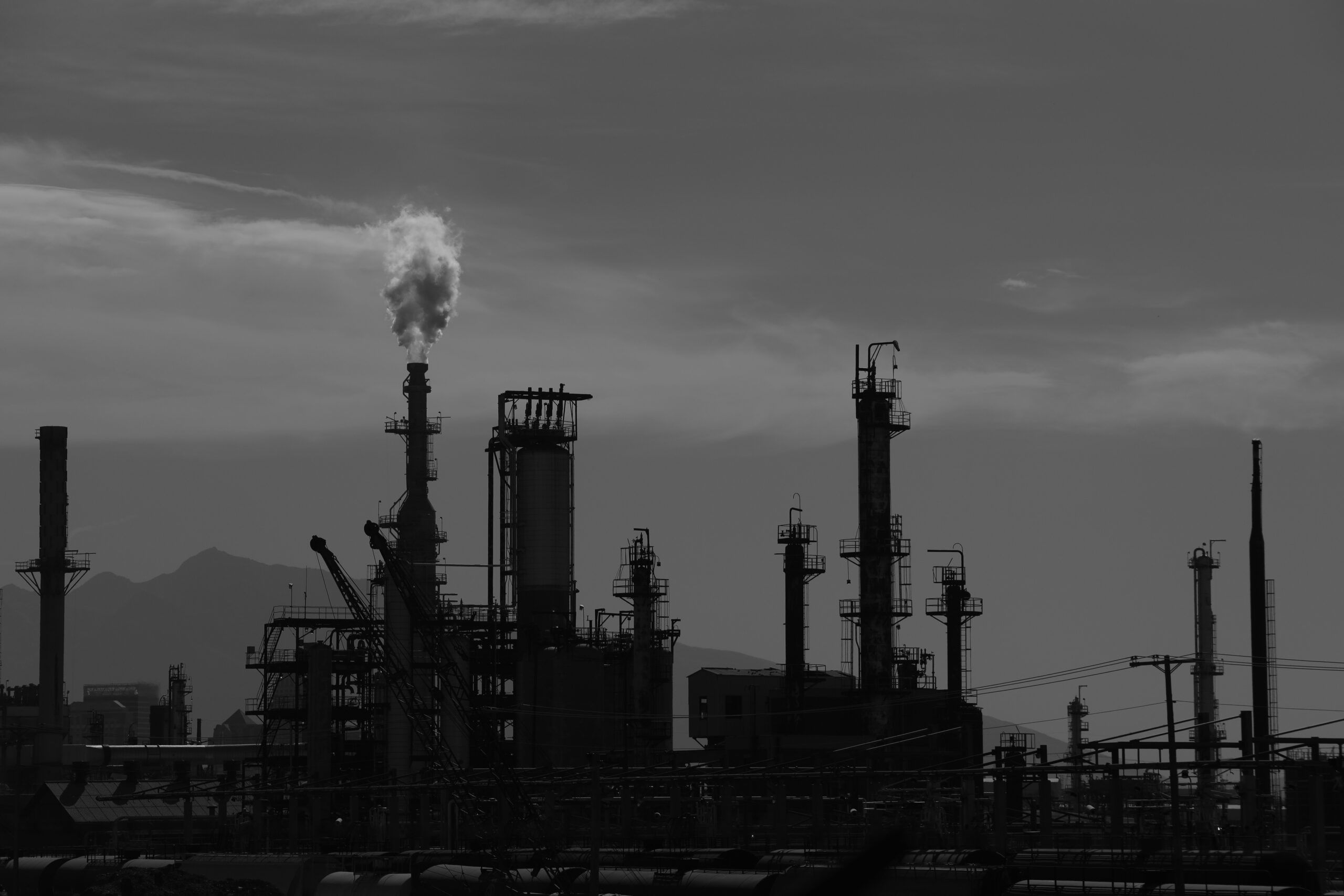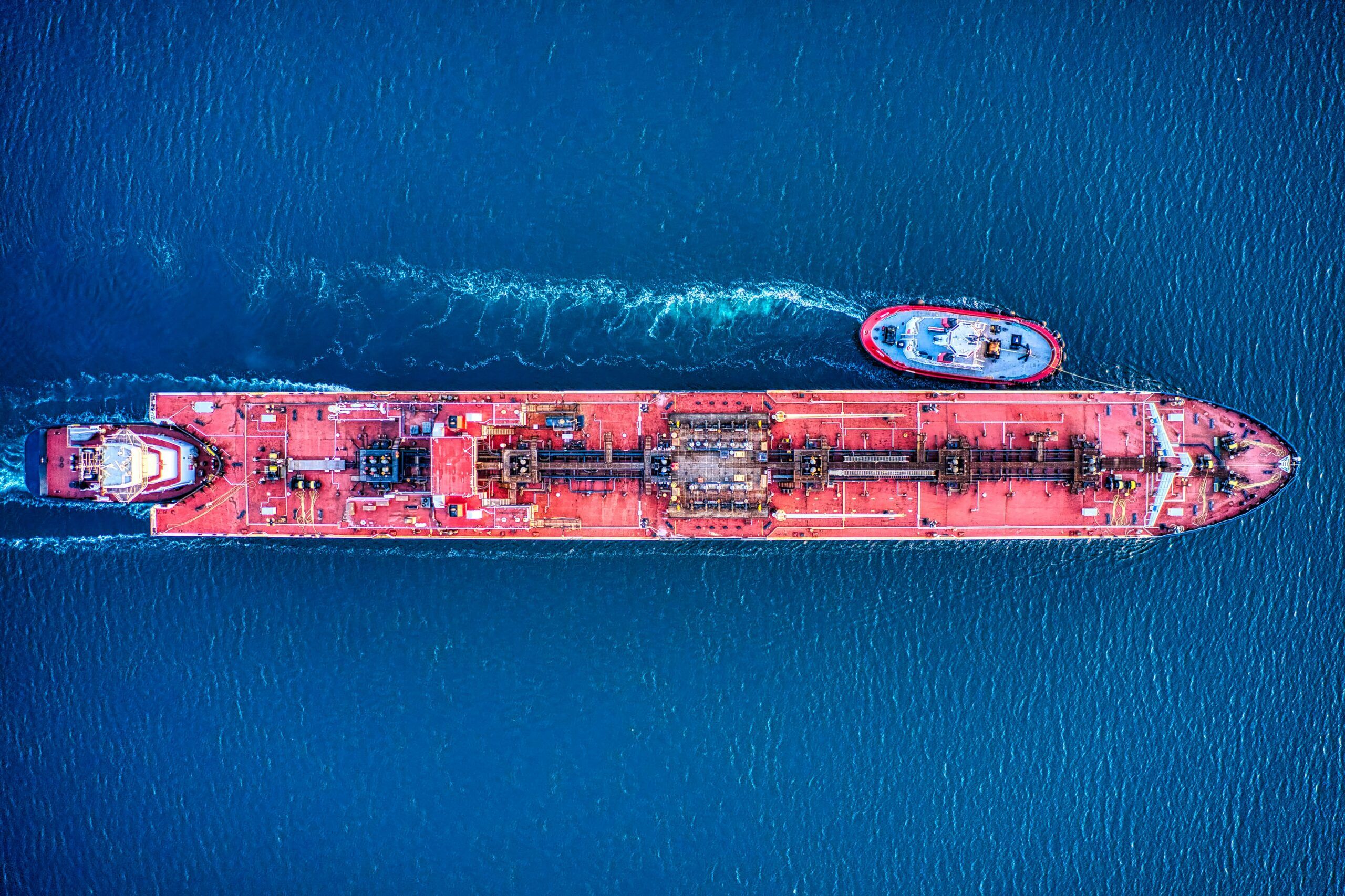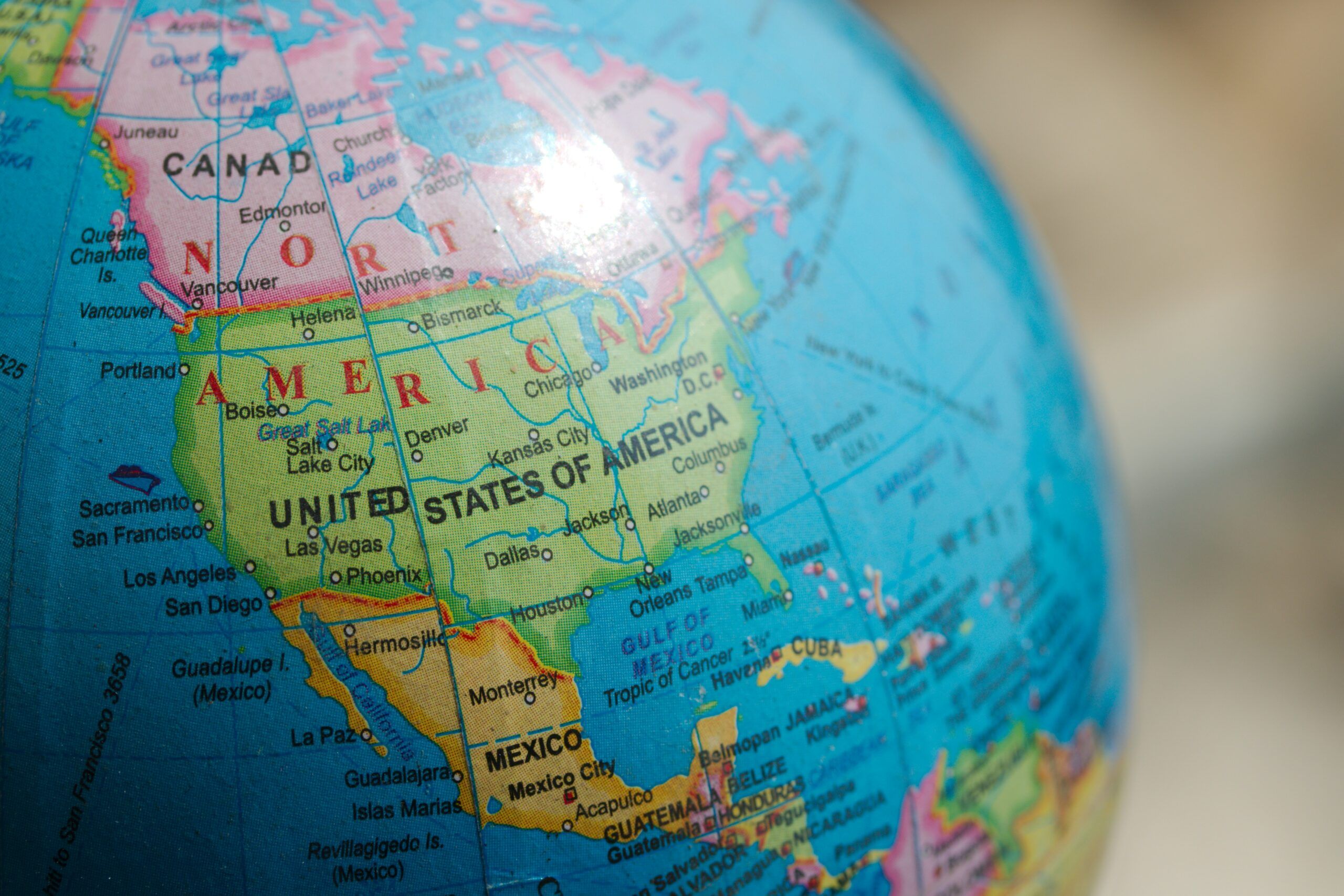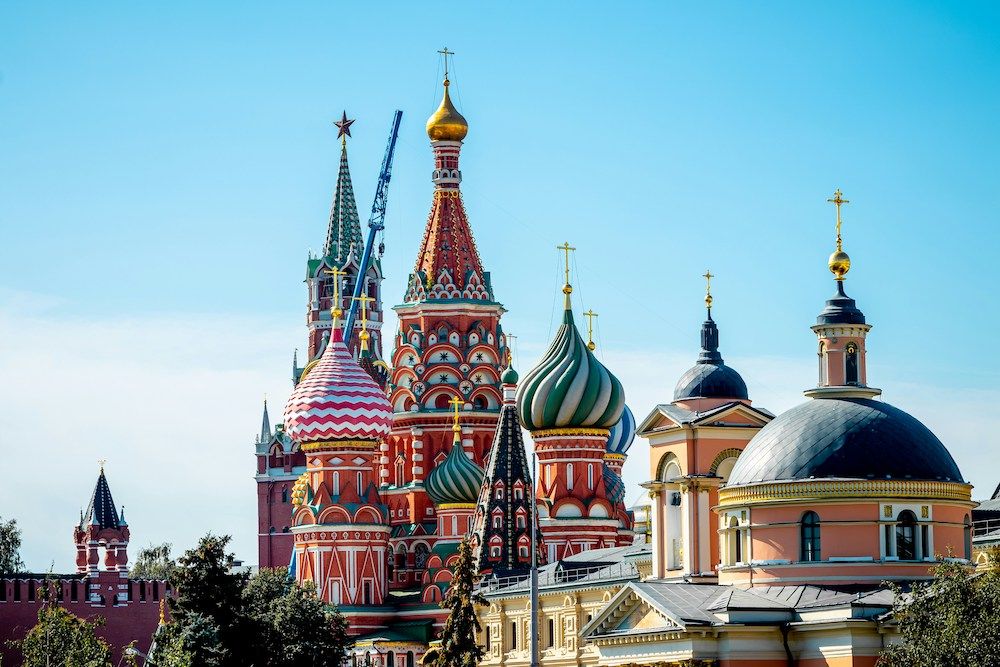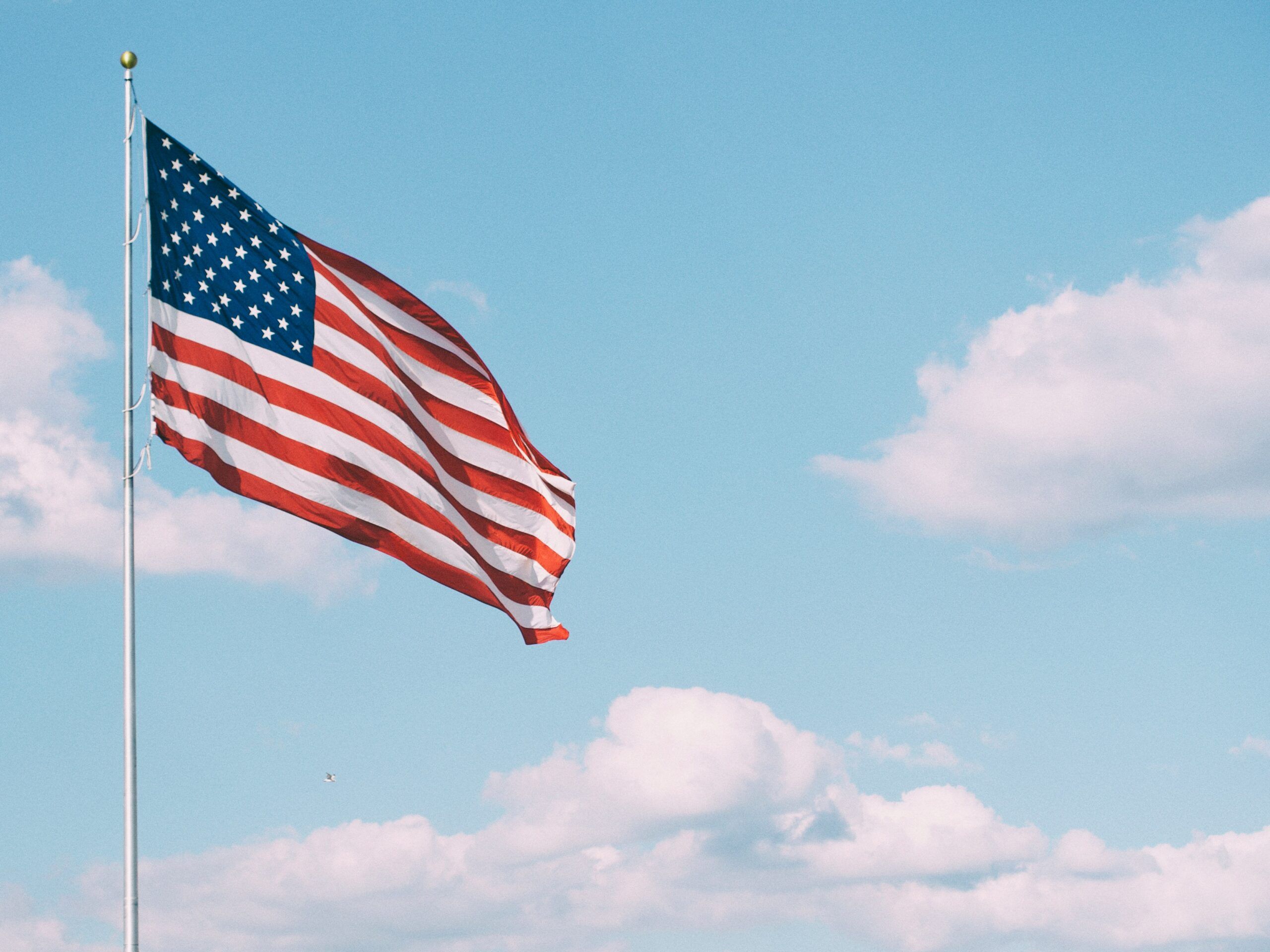Lukoil Declares Force Majeure in Iraq
Russian oil major Lukoil has declared a force majeure at its Iraqi oilfield West Qurna-2, as it struggles under the recently imposed sanctions by the United States. The declaration marks the most significant fallout from the sanctions as President Trump continues his efforts to broker peace between Russia and Ukraine. Lukoil, which has considerable exposure to international markets, has already failed in its attempt to sell its foreign assets to Gunvor (a Swiss commodity trader), after the United States signalled its opposition to the deal.
West Qurna-2, located approximately 40 miles (65 kilometres) northwest of the port city of Basra, is considered the jewel in the crown of Lukoil’s assets and is among the world’s largest oilfields. The company has maintained a global presence through upstream oil and gas projects, as well as refining and fuel retail networks across Europe, the Middle East, the Americas, and Central Asia. Outside Russia, Lukoil accounts for around 0.5% of global oil output, equivalent to approximately 500,000 barrels per day (BPD).
Lukoil owns 75% of West Qurna-2, which, according to data released in April this year, was producing about 480,000 BPD. However, following the declaration of force majeure, Lukoil now has the right to suspend contractual obligations. Experts note that the field will not be shut down entirely, as operations have been handed over to two state-run Iraqi companies. Indeed, SOMO (Iraq’s State Oil Marketing Company) has already cancelled three Lukoil cargoes scheduled for loading in November. Furthermore, Iraq has halted all crude and cash payments to Lukoil since the new sanctions came into force.
Analysts report that, according to an unnamed Iraqi official, if Lukoil fails to resolve the force majeure conditions within six months, the company will be required to cease production and withdraw from the project entirely. Lukoil’s ongoing difficulties have prompted what experts describe as a scramble across Europe to maintain operations at the company’s assets ahead of the 21st November deadline, when all dealings with Lukoil must cease. In Bulgaria, for example, the government has taken steps to assume full control of the country’s largest refinery to safeguard jobs. Several countries have also requested that Washington issue licences allowing them to continue operating Lukoil’s assets beyond the November cut-off date.
Despite Lukoil’s declaration of force majeure in Iraq, crude oil prices opened lower today, with analysts observing that market sentiment remains largely bearish due to projections of oversupply. Many oil market commentators suggest that with OPEC production increasing, global demand slowing, and economic growth weakening across major oil-consuming nations, bearish sentiment continues to dominate the supply side.
